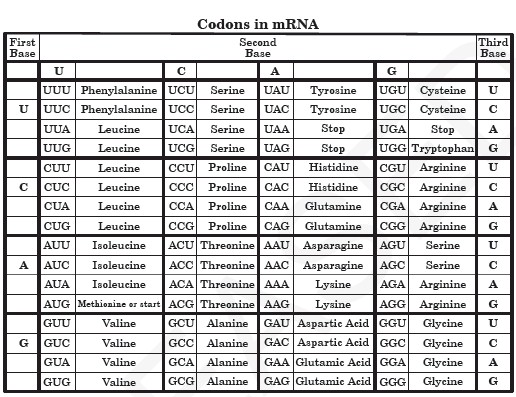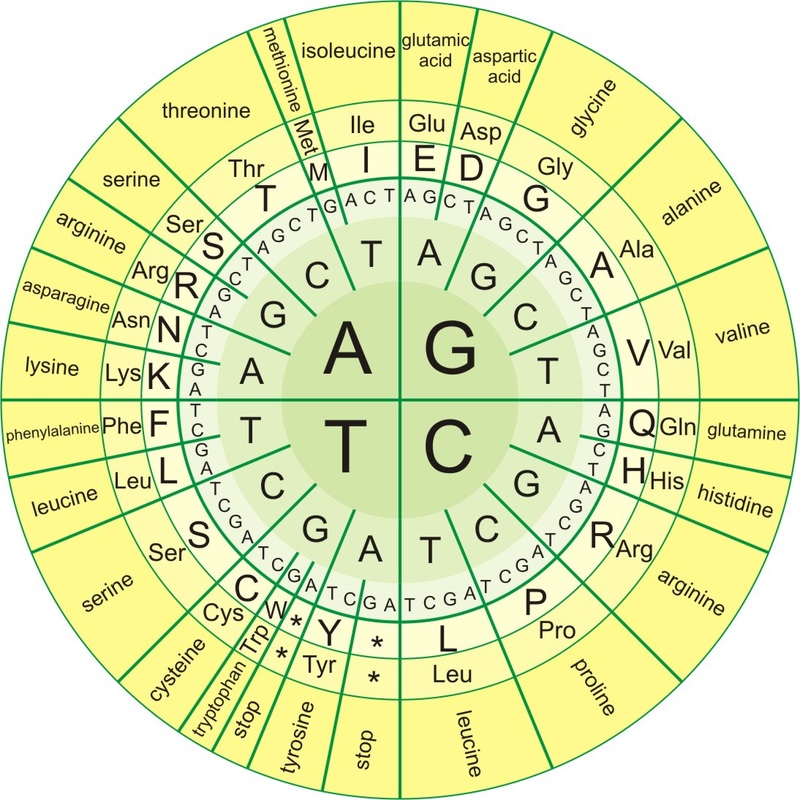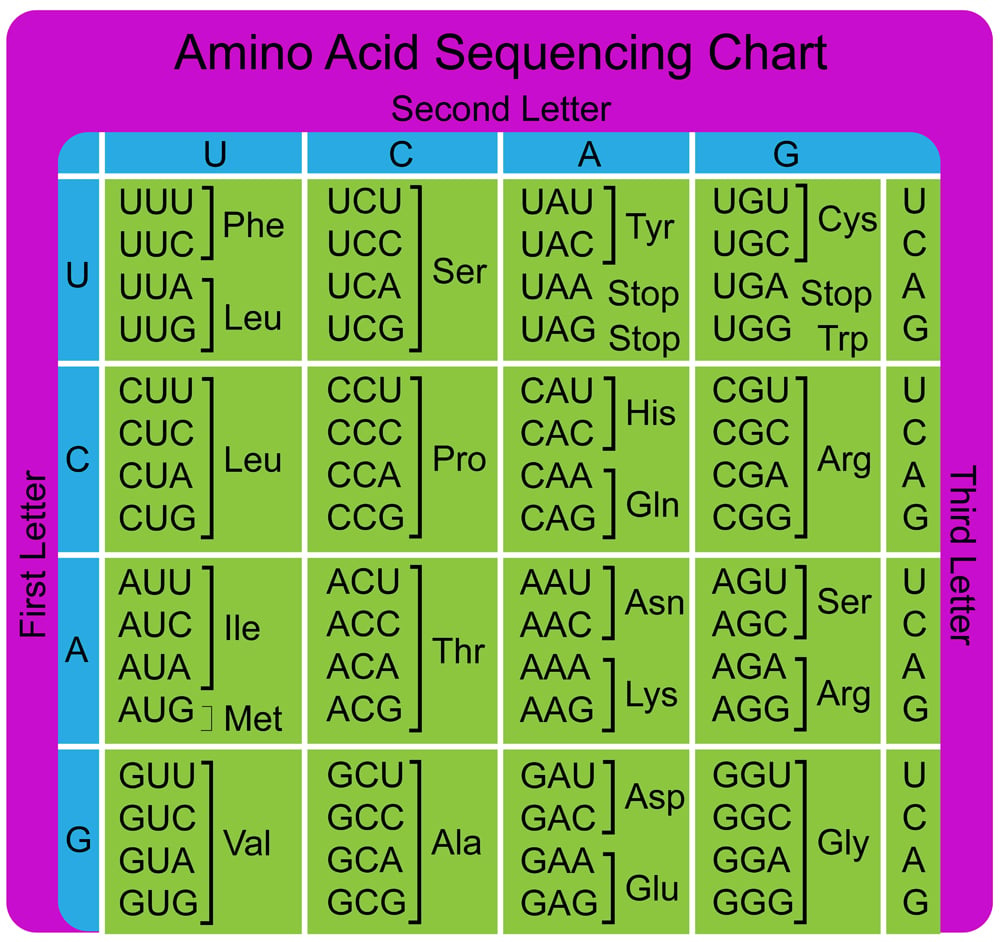



Controlling gene expression through gene sequence - Proteins that are encoded by codons with low abundance or poorly charged tRNAs may be produced at a lower rate than proteins encoded by highly abundant, charged tRNAs.coli preferentially upregulates production of tRNAs that recognize codons found in highly expressed genes ( Emilsson and Kurland, 1990 ). For example, during high growth rate conditions, E. If an organism uses only a subset of codons, it only needs to produce a subset of charged tRNAs and therefore may need fewer resources for the entire translation process. Metabolic pressures - it takes cellular resources to produce tRNAs that recognize different codons, modify the tRNAs correctly, and charge the tRNAs with the appropriate amino acids.The reasons for varied codon preferences among organisms aren’t completely understood, but some possible reasons include: Why do organisms have different codon usage biases? So what are the evolutionary constraints that lead to these preferences and what can we do about them? Read on to find out! Unfortunately, codon preferences make it so you cannot choose among the possible codons at random and expect your sequence to express well in any organism. With such simple rules, you might think it’s easy to come up with a workable DNA sequence to encode your peptide of interest and produce that peptide in your organism of choice. You can find many codon tables showing which codons encode which amino acids (see example to the right). Evolutionary constraints have molded which codons are used preferentially in which organisms - organisms have codon usage bias. The result is redundancy multiple codons encode single amino acids. There are therefore 64 possible codons but only 20 amino acids and 3 stop codons to encode leaving 41 codons unaccounted for. This is possible because there are 4 bases (A, T, C, and G) and 3 positions in each codon.
#AMINO ACID SEQUENCE CHART CODE#
A similar genetic code is used by most organisms on Earth, but different organisms have different preferences for the codons they use to encode specific amino acids.


 0 kommentar(er)
0 kommentar(er)
